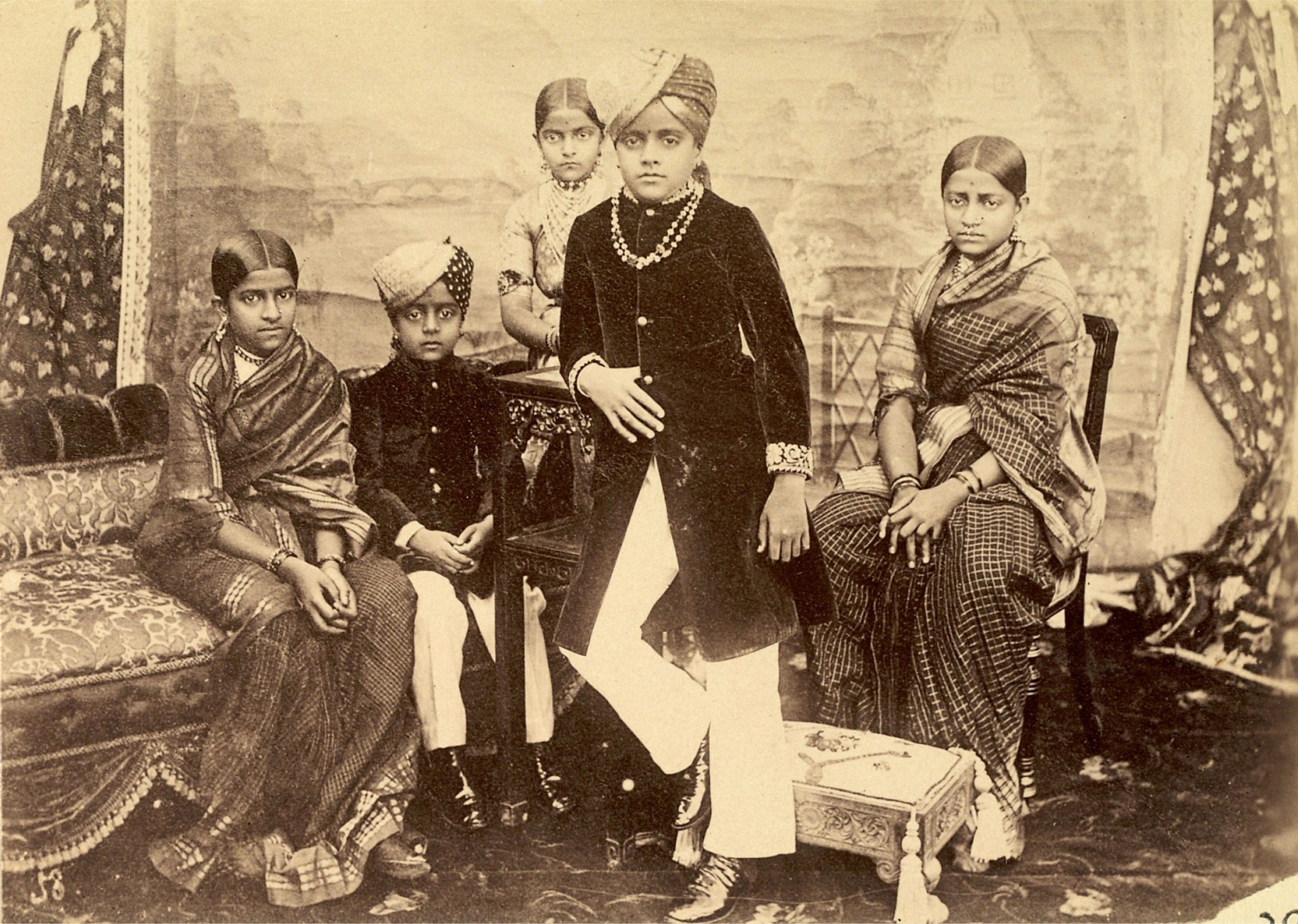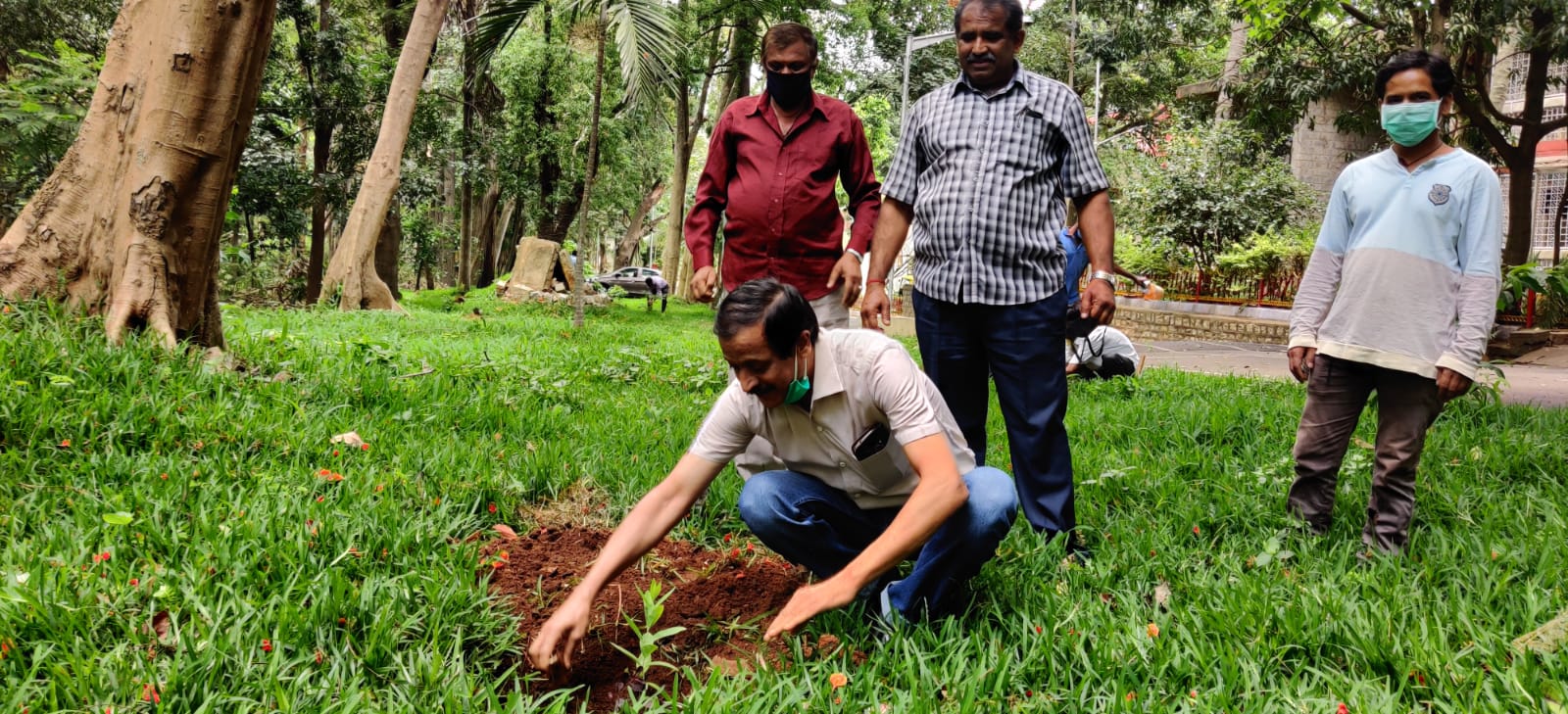
A Tale of Tradition, Opportunity, and Innovation
There’s something uniquely Indian about the scent of sandalwood. It’s sweet, warm, woody, and soothing — a fragrance that has woven itself into India’s spiritual, cultural, and historical fabric. Among the products that encapsulate this legacy is Mysore Sandal Soap, a soap that has transcended generations, holding a special place in Indian households for over a century. The Mysore Sandal Soap Origin is an incredible story of resilience, rising from a crisis to become an enduring symbol of Indian craftsmanship.
How World War I Sparked the Creation of Mysore Sandal Soap?
In 1916, the world was in the throes of World War I, and Mysore — known for its abundant and high-quality sandalwood — found itself with a peculiar problem. The war had disrupted the international trade routes that carried Indian sandalwood to the Western world, leaving the Kingdom of Mysore with a surplus of this precious resource.

Image Credits: oldindianphotos
Seeing this situation as an opportunity rather than a setback, the Maharaja of Mysore, Krishnaraja Wodeyar IV, and his visionary Diwan, Sir M. Visvesvaraya, made a bold decision. They believed that the kingdom could create a unique product to make sandalwood, previously seen as a luxury, accessible to the masses. Inspired by a gift of sandalwood soaps he received from overseas, the Maharaja dreamed of making a premium soap that would capture the essence of Mysore’s heritage.
Crafting the Perfect Formula
To realize this vision, Sir M. Visvesvaraya enlisted the expertise of a young chemist, S.G. Shastry, who was sent to England to study soap-making techniques. Shastry returned with the knowledge and determination to create a soap that would be unlike any other. After months of research and experimentation, he crafted a formula that included pure sandalwood oil, capturing its aromatic richness and skin-soothing properties.

Image Credits: wikipedia
In 1918, Mysore Sandal Soap was officially launched. It was one of the first soaps in the world made with 100% pure sandalwood oil, setting a new standard for quality and luxury in personal care.
Bringing Mysore Sandal Soap to the Masses: An Innovative Marketing Strategy
The launch of Mysore Sandal Soap was accompanied by one of the most ambitious marketing campaigns India had ever seen. The soap was advertised through neon signboards, tram tickets, matchboxes, and even an eye-catching camel procession in Karachi. This widespread campaign helped make Mysore Sandal Soap a household name across India.

Image Credits: thebetterindia
The soap’s luxurious appeal combined with the authenticity of pure sandalwood oil created a lasting impression on consumers. In an era when such products were considered high-end imports, Mysore Sandal Soap represented Indian self-sufficiency, heritage, and craftsmanship.
The Legacy and Evolution of Mysore Sandal Soap
By 1980, Mysore Sandal Soap became part of Karnataka Soaps & Detergents Limited (KSDL), a state-owned enterprise. However, in the 1990s, KSDL faced a difficult period as competition increased, and the demand for traditional products waned. But the story didn’t end there. KSDL’s management renewed their commitment to the brand, redefined their strategy, and ultimately achieved record sales. Today, Mysore Sandal Soap is the world’s only soap made with 100% pure sandalwood oil, a testament to its authenticity and enduring appeal.

Image Credits: sandalwoodsocietyofindia
To ensure a sustainable future for Mysore Sandal Soap, KSDL has launched the “Grow More Sandalwood” program, which plants new sandalwood saplings to replace those harvested for production. This initiative aims to preserve the legacy of Mysore Sandal Soap for generations to come.
A Lesson in Turning Crisis into Opportunity
The story of Mysore Sandal Soap is more than just a tale of a product’s success; it’s a masterclass in resilience, adaptability, and vision. For startups and industries today, this story serves as an inspiring example of turning an unforeseen challenge into a long-lasting opportunity.
Key Takeaways for Startups and Entrepreneurs:
1. Identify Hidden Opportunities:
When exports halted due to World War I, Mysore saw an opportunity in its surplus sandalwood. Startups can take a similar approach when market conditions shift unexpectedly. Instead of viewing challenges as setbacks, look for ways to leverage your unique strengths and resources.
2. Innovate and Adapt:
S.G. Shastry’s determination to create a product using new knowledge and technology led to the development of a world-class formula. Similarly, continuous innovation and improvement are critical for startups to build products that resonate with consumers.
3. Invest in Brand Identity:
Mysore Sandal Soap’s powerful and culturally resonant marketing strategy helped it gain popularity across India. Creating a strong brand identity with deep cultural connections can differentiate a product in competitive markets.
4. Sustainability is Key:
KSDL’s “Grow More Sandalwood” program exemplifies a commitment to sustainability. Today’s consumers increasingly value brands that contribute positively to the environment, and this could be a key area for startups to explore and integrate into their business models.
The success story of Mysore Sandal Soap is a testament to the timeless appeal of products rooted in authenticity and quality. For startups and industries looking to turn adversity into opportunity, this story reminds us of the power of vision, persistence, and innovation.
Just as Mysore Sandal Soap has remained beloved for over a century, with the right approach, today’s startups can create products that resonate deeply and leave a lasting legacy.
IS360 Can be Reached at
Sharing is caring!

